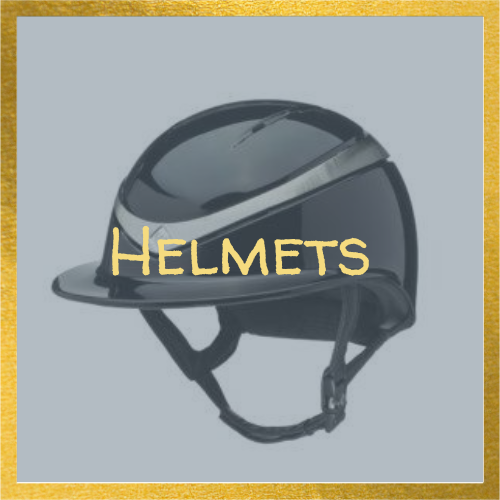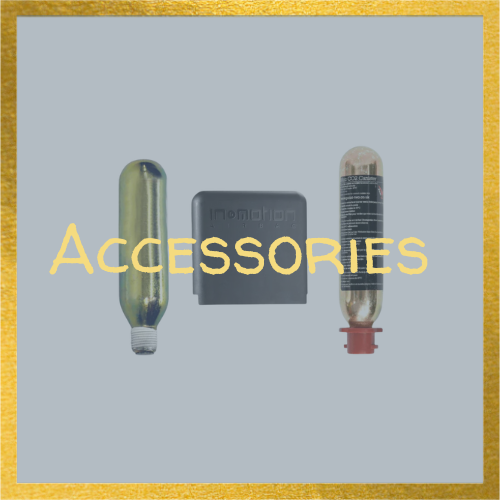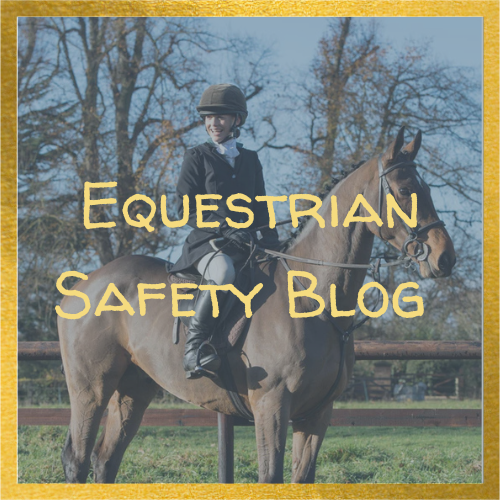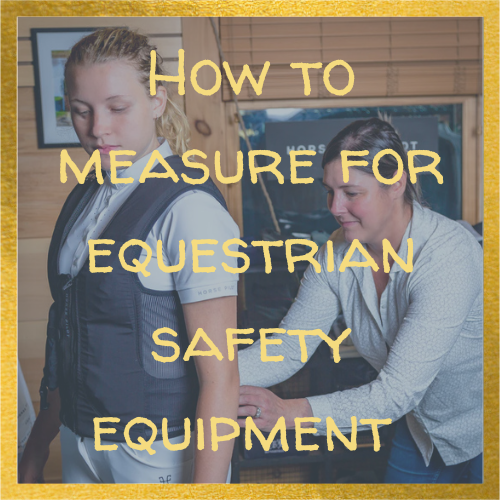
How many times has your upper body been the first point of impact during a fall? Whether it’s from your own personal experiences or observational ones, the overall importance of protecting this part of the body with reliable safety vests is significant. After several trials and studies have been performed to validate the integrity of body protectors and air vests, it is indisputable that they greatly increase the amount of protection offered to us in this sport.
In a perfect world, wearing both an air vest and body protector would maximize the protection given to your upper body while riding, and minimize the shock that is experienced when you are unseated. However, this is not optimal for everyone and some have to make a choice between the two. This decision should be based on a combination of factors, including your riding discipline, the tendency of your falls (although the past doesn't predict the future), your physical build, medical conditions, etc. With these essential details, you will be able to properly select either a body protector or an air vest as your main source of protection.
Due to its mechanics, an air vest can only deploy when the rider’s motion applies enough pressure on the leash that connects you to your saddle. Then, a piston is triggered and pierces the air canister. This sequence only occurs once you are separated from the saddle. In the instances where you find yourself getting bucked off, jumped out of the tack, or unable to ride through a bad spook, the air vest will inflate and cushion your fall on surfaces and fulfill its purpose of protecting your neck, ribs, spine, collarbones, etc. In the hunter, jumper, and dressage disciplines as well as pleasure riding, many falls will be of these types and often occur in arenas with sand-based footing.
Unfortunately, the types of accidents that occur in this sport vary, and in some cases the air vest cannot provide a specific type of protection. Incidents that involve horses kicking the rider, or a rider being caught in a rotational fall, would be more protected by body protectors because they are not mechanical, and don’t require any process of detachment from the saddle to be functional. They consist of high density foam which has the sole purpose of absorbing energy from any form of impact. Eventing riders on cross-country and some trail riding activities tend to experience falls on rougher terrains or cannot fully separate from their horse as they come off. If a body protector were to be worn in these scenarios, the internal organs and bones that are physically covered by the body protector would still remain protected.
At the end of the day, all of this amounts to personal choice and comfort. Perhaps as a rider who does the jumpers and is less likely to have rotational falls, the air vest may be the better decision. On the other hand, if you are an eventer who is bringing along a green horse on a cross-country course or you are competing at an upper level, it may be wise to invest in an air vest in addition to your required body protector. Suitability is paramount.
The promotion of implementing safety requirements and regulations to ensure equestrian safety continues to grow, as well as the widespread acquisition and prevalence of proper protective equipment. Safety in our sport should never be taken for granted and should always be a fundamental priority.














